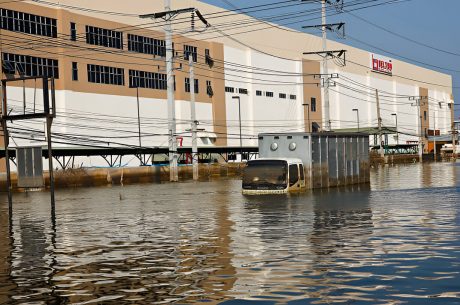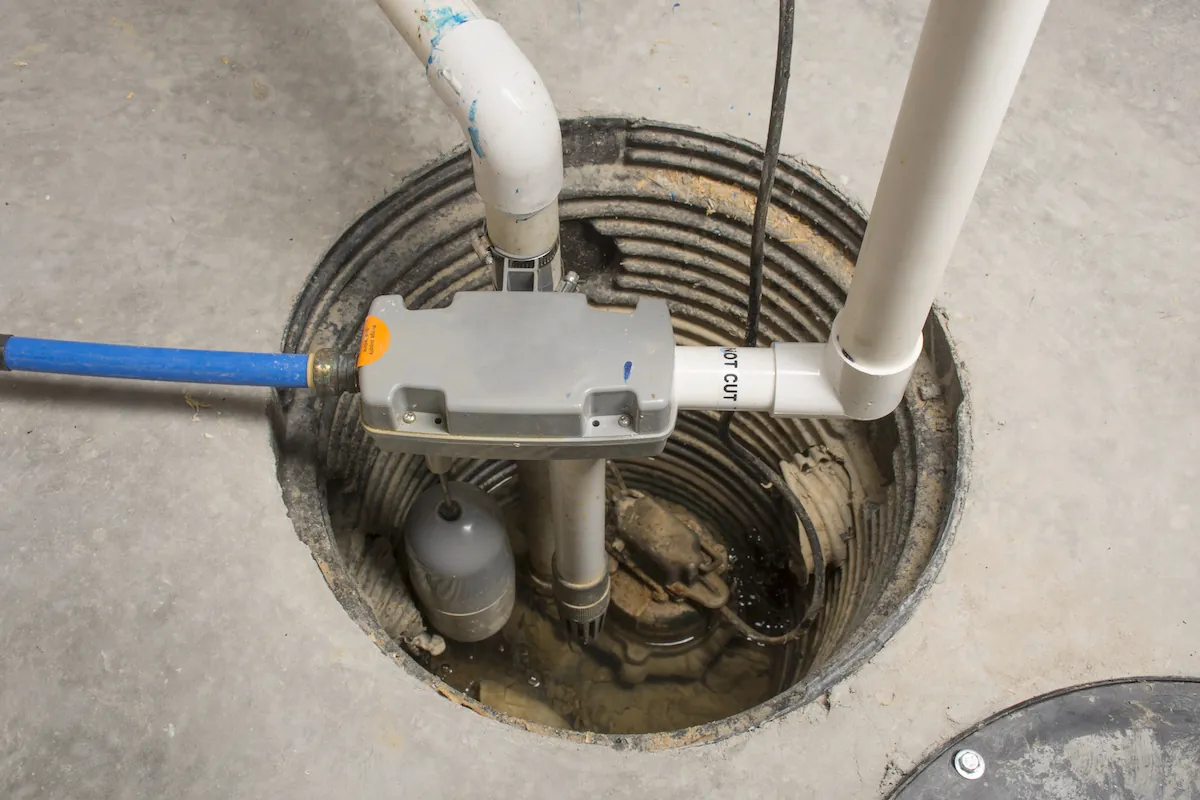Storms and hurricanes can leave devastating effects on homes and properties. While visible damage like flooding and broken structures may be immediate concerns, one of the most dangerous threats is often invisible: contamination from floodwaters, Therefore thoroughly disinfecting after a storm is critical in order to protect your health and ensure your home is safe.
As we recover from back-to-back hurricanes, Tampa bay counties are seeing a rise in cases of flesh-eating bacteria, underscoring the invisible dangers lurking in floodwaters. Storm-related flooding is more than just structural damage—it can carry hazardous bacteria, including Vibrio vulnificus, a deadly pathogen commonly found in warm, brackish waters. For your safety, it’s essential to disinfect your home after a storm to eliminate health threats and ensure a secure environment.
Why Storm Floodwaters are Hazardous
Floodwaters may seem like just water at first glance, but they often carry a mix of contaminants and hazards, including:
- Sewage contamination: Overflowing sewage systems can introduce harmful bacteria and viruses into your home.
- Toxins and chemicals: Pesticides, industrial chemicals, and other pollutants can mix into floodwaters.
- Biohazards: Organic waste and debris in floodwater can harbor disease-causing pathogens like E. coli, Salmonella, mold spores and Vibrio vulnificus, which has been causing a spike in flesh-eating bacterial infections in Florida.
These invisible threats highlight the importance of professional biohazard cleanup to ensure your space is free of dangerous contaminants. Without proper disinfection, these contaminants can linger in your home, posing serious health risks.
Call 941-877-2288 to disinfect your property after a storm.
The Process of Disinfecting After a Storm
After the storm passes and the water recedes, a thorough cleanup is vital. Here are the essential steps to take when disinfecting your home after storm damage:
- Assess the Damage
Start by identifying areas that have been exposed to floodwaters. This can include walls, floors, carpets, furniture, and HVAC systems. Contaminants can spread throughout the home, even reaching areas that seem unaffected at first. - Remove Contaminated Materials
Any porous materials like carpets, drywall, and insulation that have been soaked in floodwater should be removed. These items can absorb bacteria and biohazards, making them difficult to fully disinfect. - Thorough Cleaning
After removing damaged items, clean all surfaces with soap and water to eliminate visible dirt and debris. This is a critical pre-disinfection step, as disinfectants are more effective on clean surfaces. This step is however critical to ensure thorough disinfecting after a storm. - Apply Professional-Grade Disinfectants
It’s important to use EPA-registered disinfectants that are proven to kill bacteria, viruses, and mold. These solutions are applied to hard surfaces, walls, and non-porous materials that have come into contact with floodwaters. Disinfecting must be done with care, ensuring that every surface is treated. - Mold Remediation
After a storm, mold can quickly grow in damp conditions. Professional mold remediation is essential to eliminate mold spores, prevent further spread, and protect your respiratory health. Mold can hide behind walls and under floors, so specialized equipment is often necessary for thorough removal.
Why You Need Professional Water Damage and Biohazard Cleanup
While DIY cleaning might seem like a cost-effective solution, professional water damage and biohazard cleanup services are crucial for a thorough disinfecting after a storm. Here’s why:
- Advanced Tools: At PuroClean of Bradenton, We use high-grade equipment, such as industrial dehumidifiers and disinfectants, to thoroughly dry and sanitize your property.
- Safety Compliance: Our team follows strict safety standards to eliminate health hazards like bacteria, mold, and toxins.
- Biohazard Expertise: At PuroClean of Bradenton, we specialize in handling biohazards, including the deadly bacteria currently affecting Florida. We know how to safely manage contaminated floodwater, ensuring your family’s well-being.
The Risks of Not Disinfecting After A Storm
Failing to work with professionals who can properly disinfect after a storm can result in serious long-term consequences. These include:
Increased Costs: Without properly disinfecting after a storm, lingering contamination can lead to further damage that is costly to repair in the future.
Health Hazards: Bacteria, mold, and toxins left behind can lead to respiratory issues, infections, and other illnesses.
Structural Damage: Continued exposure to moisture and mold growth can weaken the structure of your home, causing rot and deterioration over time.
Contact Us for Professional Cleanup Services
At PuroClean of Bradenton, we are here to help you recover safely. With extensive experience in water damage restoration and biohazard cleanup, we provide a thorough, professional service designed to protect your health. Let us handle the dangerous work of disinfecting your property so you can return home with confidence.
Don’t take any risks when it comes to your family’s safety—contact us today for a complete and thorough disinfecting after a storm.
FAQs About Disinfecting After a Storm
Why is it necessary to disinfect after a storm?
Stormwater carries hidden dangers like bacteria, toxins, and biohazards that can put your health at risk. Disinfection ensures these threats are eliminated.
What are the risks of not properly disinfecting my home?
Failure to disinfect can lead to health hazards like bacterial infections, respiratory problems from mold, and long-term structural damage.
How do I protect my home from the current rise in flesh-eating bacteria cases?
The most important step is to avoid contact with floodwater and ensure professional disinfection. Vibrio vulnificus can be deadly, so engaging a professional biohazard cleanup team is essential.
How soon should I start cleaning after a storm?
You should begin cleanup as soon as it is safe to do so. The faster you address water damage, the lower the risk of mold growth and contamination.
Can I use regular household cleaners?
Household cleaners are not strong enough to disinfect the harmful bacteria and pathogens often present in floodwater. Professional-grade disinfectants are recommended for complete sanitation.




 PuroClean of Bradenton
PuroClean of Bradenton